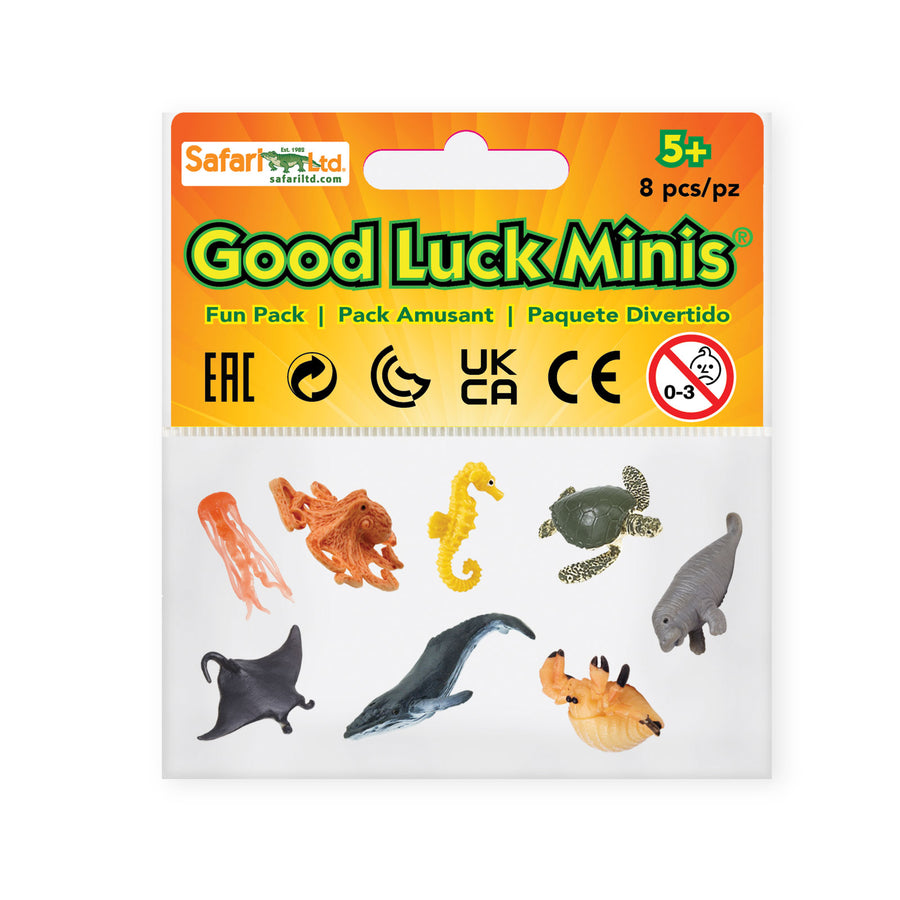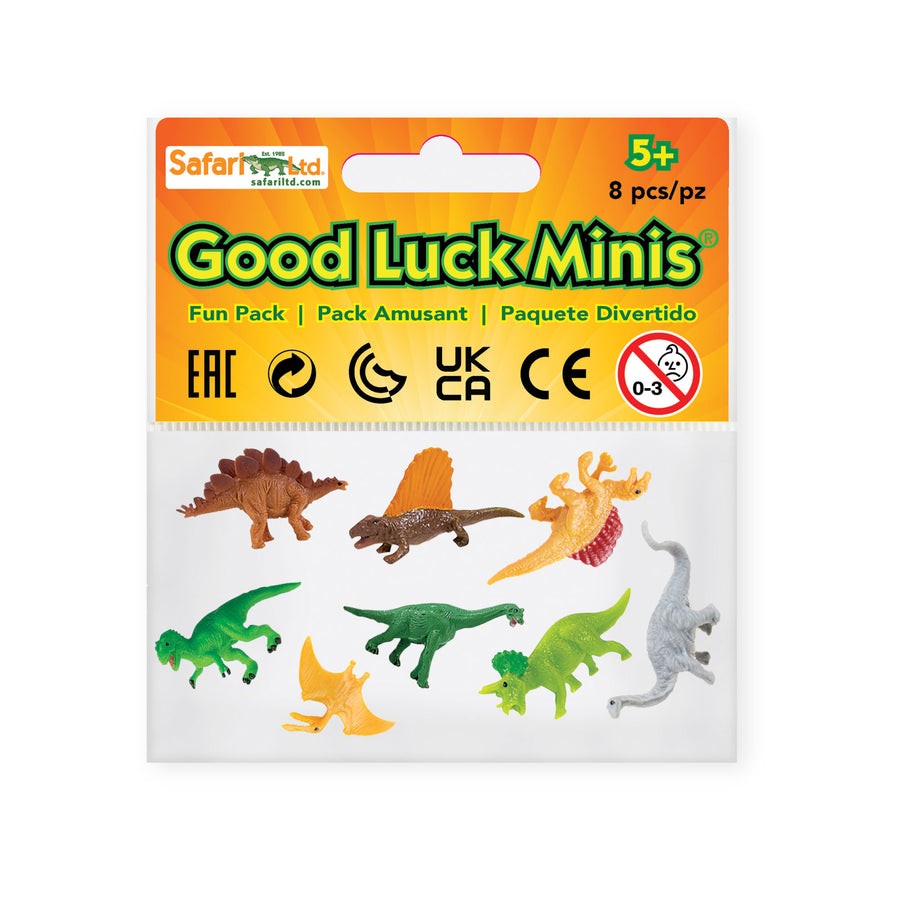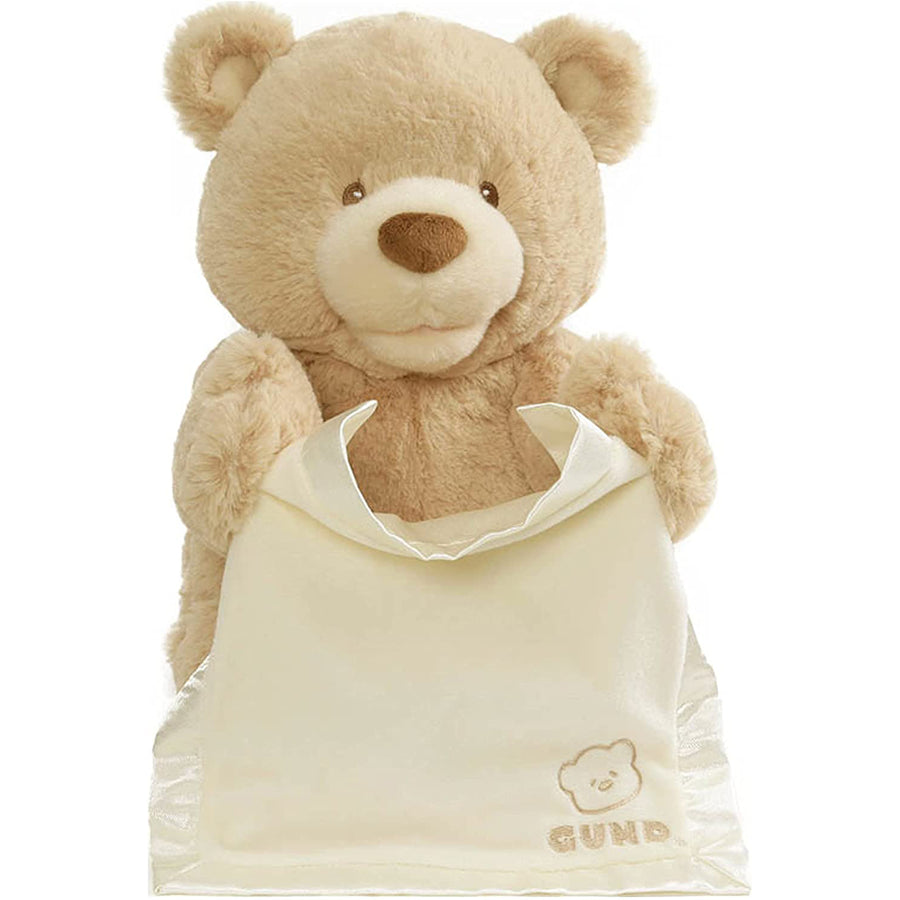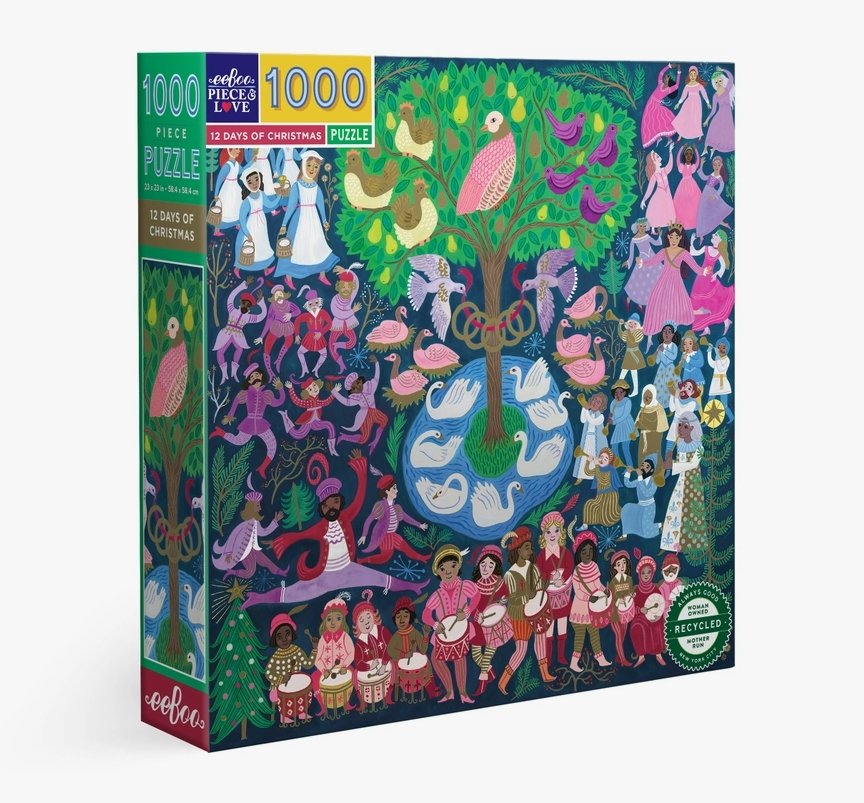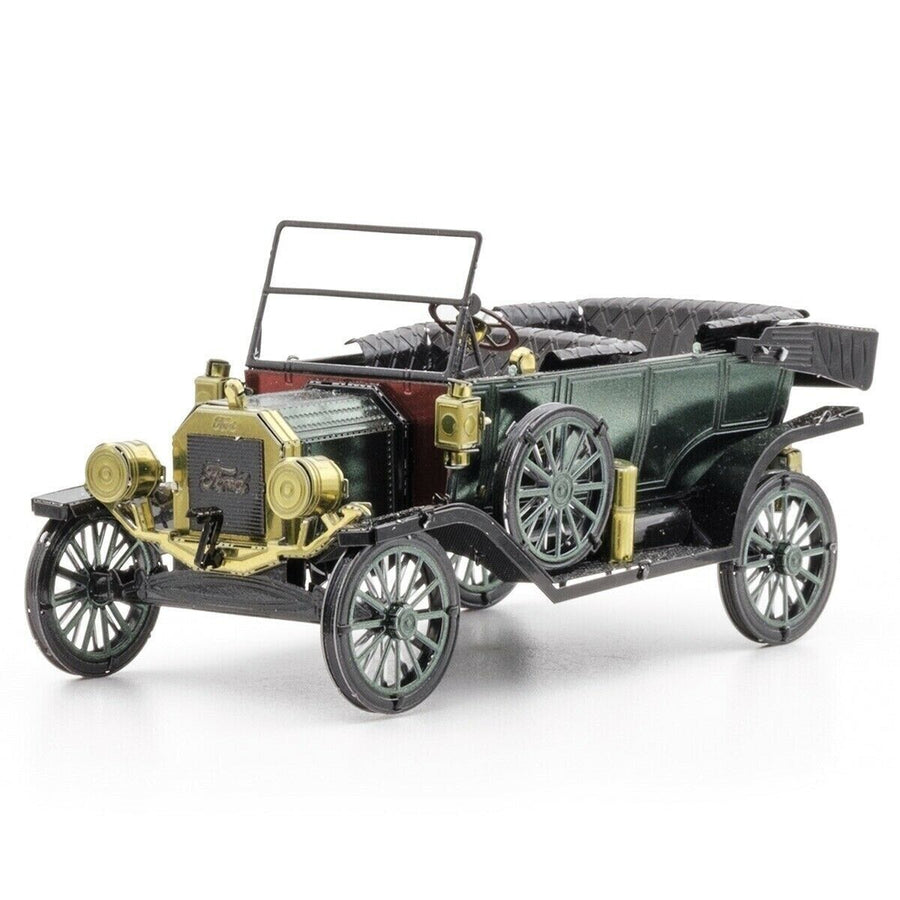If your child is like so many others, they might have more toys than they can possibly play with at any given time. It’s easy to become a toy hoarder since kids can lose interest so quickly. And all those toys equals more clutter. What’s a parent to do?
Toy rotation is a popular parenting strategy that keeps toys exciting. It also supports educational development. Rotating educational toys promotes a child’s growth in areas like problem-solving, motor skills, and imagination.
What is Toy Rotation?
So, what exactly is toy rotation, anyway? It’s a system where only a certain number of toys are available to the child at any given time. The rest are safely stored away. Because toys are regularly swapped, kids retain interest in them much longer.
Too many toys can actually overwhelm a child. That can lead to either overstimulation or boredom. A smaller toy selection leads to deeper engagement with each.
With fewer choices kids can focus and develop creativity. Fresh toys also will hold their attention longer.
When rotating toys, it’s important to keep educational items in play during each rotation. Toys like historical figurines and Good Luck Minis help build kids’ learning over time without overloading them with too many options.
The Benefits of Toy Rotation
Toy rotation offers parents and children a variety of benefits, impacting everything from playtime to Mom and Dad’s pocketbooks. Some of those benefits include:
- Encourages Independent Play: With fewer available toys, kids are more likely to fully explore each one. That focus helps them build concentration and autonomy.
- Supports Cognitive and Motor Development: When you limit access to your child’s full array of toys, your kids sharpen skills like problem-solving, spatial awareness, and fine motor skills. They benefit by repeatedly playing with and mastering each toy.
- Reduces Clutter and Overwhelm: Here’s a benefit for parents: Fewer visible toys mean that much less to clean up and organize. This results in a tidier environment for parents and kids alike.
- Saves Money: Last but most certainly not least, rotating toys saves money! Instead of buying new toys to stimulate kids’ interest, parents can rotate them. It creates novelty with old toys, so parents can stretch their budgets.
Signs That Your Child Might Benefit from Toy Rotation
Unsure if your child will benefit from toy rotation? Just look for the signs.
If your child’s toys are going untouched – or if they play with the same toy repeatedly but ignore the rest – they might benefit from toy rotation.
On the other hand, if your kids seem overwhelmed by too many toys, you should consider toy rotation. Otherwise, overstimulation can lead to frustration and lack of focus.
Does your child have difficulty concentrating? If they show an inability to focus during playtime, you can help lengthen their attention span by rotating their toys.
How to Start Toy Rotation: Easy Steps
Starting a toy rotation can be simple enough as long as you know what to do. To give you a head start, we’ve put together a list of five steps for effective toy rotation.
Step 1: Gather the Toys
First things first, collect every toy in your home. This includes anything hidden in corners, storage bins, and even forgotten shelves. Make sure you retrieve all types of toys, whether educational, figurines, sensory, imaginative, or motor skill toys. Ultimately collect everything from electronic games to cuddly plush friends.
Step 2: Sort and Declutter
After you’ve gathered all the toys, it’s time to sort them and declutter. Begin by discarding or donating broken toys or those your child has outgrown.
Hold on to any educational toys, building blocks, pretend play items, and sensory toys that support different developmental stages. Even if your child lacked interest in them before, the toy rotation might reignite interest.
Once you've sorted the toys, organize what’s left into categories. For example, you might make a puzzle pile, a block pile, an outdoor toy pile, etc.
Step 3: Create Toy Bins or Boxes
With the toys sorted by category, you can further break them down into smaller, more manageable groups. These will be the rotating groups, so place an assortment of toys in each. For example, one group might include one educational toy, one sensory toy, one imaginative play item, etc.
Choose storage bins for the toys. Use clear bins or opaque containers to keep the toys stored out of sight.
Place each toy group into its own bin. Then label the bins to make rotations easier. You might label the bins “Week 1,” “Week 2,” etc., or whatever labeling system works best for you.
Step 4: Decide on a Rotation Schedule
How often do you want to rotate the toys? You might choose to rotate toys every week, every two weeks, or even once a month. It all depends on your child’s interest levels. Younger children, for example, might benefit from more frequent rotations.
Remember, you can always adjust the rotation based on your child’s reactions. If they seem bored, rotate sooner. If they are still engaged with a toy group, extend the time.
Step 5: Store the Unused Toys Out of Sight
When toys are out of rotation, they need to be stored out of sight. Consider placing the bins in places your child can’t access. Perhaps you can store toys in closets, under the bed, or in a dedicated toy storage unit.
Keeping the storage organized and easily accessible will let parents make quick and easy rotations.
What Types of Toys Can You Rotate?
Of course, you want to include a variety of toys in each rotation group, but you should pay particular attention to educational toys and toys that build other skills. Include one toy from each of the following toy types in your rotation groups.
Educational Toys
Plenty of toys are educational. It’s not all about ABCs and 123s. Educational toys can include everything from puzzles and counting toys to historical figurines, and alphabet blocks. These toys promote problem-solving and cognitive development.
Imaginative Play Toys
Other important toys to include in your rotations are imaginative play toys. They help boost kids’ creativity and social skills as they role-play and explore their imaginations. Some examples of imaginative play toys include dolls, action figures, pretend kitchen sets, and costumes.
Sensory Toys
Sensory toys include items like textured blocks, musical instruments, and water play toys. These toys engage kids’ senses, which helps them develop fine motor skills and sensory processing. Because these toys also help kids reach developmental milestones, they should be represented in each rotation group.
Building and Construction Toys
Building and construction toys promote spatial awareness, engineering concepts, and creative thinking. Include toys like blocks, Legos, and other construction sets.
How to Involve Your Child in Toy Rotation
Toy rotation is even more effective when you include your child in the process. Explain the concept to them in age-appropriate terms. Let your child know that the toys aren’t going away forever, they’re just being saved for later.
Let your child choose one or two toys from each category to keep out for playtime. That way, they have a sense of control over their toys, which engages their interest.
Turn toy rotation into an exciting event! Every time you’re ready to rotate, surprise your child with the “new” toys. You might even set up a fun reveal, letting your child open the toy bin for the week.
How to Know When to Rotate Toys Again
Unsure when it’s time to rotate your child’s toys? You can look for a few signs, including:
- Boredom Sets In: If your child starts ignoring their current toys – or if they seem uninterested – it’s time to rotate.
- Toy Neglect: Are toys sitting unused for days at a time? It’s time for a fresh set.
- Playing With the Same Toy: When your child repeatedly plays with one or two toys and ignores the rest, a rotation can reignite interest in the others.
- Flexibility in Schedule: Be flexible! Some kids need more frequent rotations. Others can stick to the same set of toys for longer periods.
Toy Rotation Tips for Multi-Age Siblings
Can you still rotate toys when you have siblings of different ages? You actually can – you just have to appeal to different developmental stages. Choose toys that engage children of different ages. You might choose something like building sets that both toddlers and older kids can enjoy.
You may find it most effective to rotate by child. Fill separate bins for each child that can be rotated independently.
Regardless of your method, include universal items like sensory toys or pretend play toys that appeal to both younger and older children.
Why Toy Rotation is a Worthwhile Endeavor
It’s true. Toy rotation supports children’s development. It also reduces clutter and keeps toys fresh, saving money otherwise spent on new ones.
Fortunately, it’s simple to implement toy rotation. Just a few simple steps provide lasting benefits.
Go ahead and try the toy rotation system. You’ll find that it makes your life easier while supporting your child’s learning.
Explore Safari Ltd.’ extensive educational toy collection. You’ll find a host of items – including popular choices like Toobs – perfect for integrating into your toy rotation system. Browse the selection, and you’ll find plenty of high-quality, educational toys that foster development and fun.
For more toy organizing ideas, check out our other blog Taming the Toys: Parenting Tips for Toy Organization & Tidying Up




